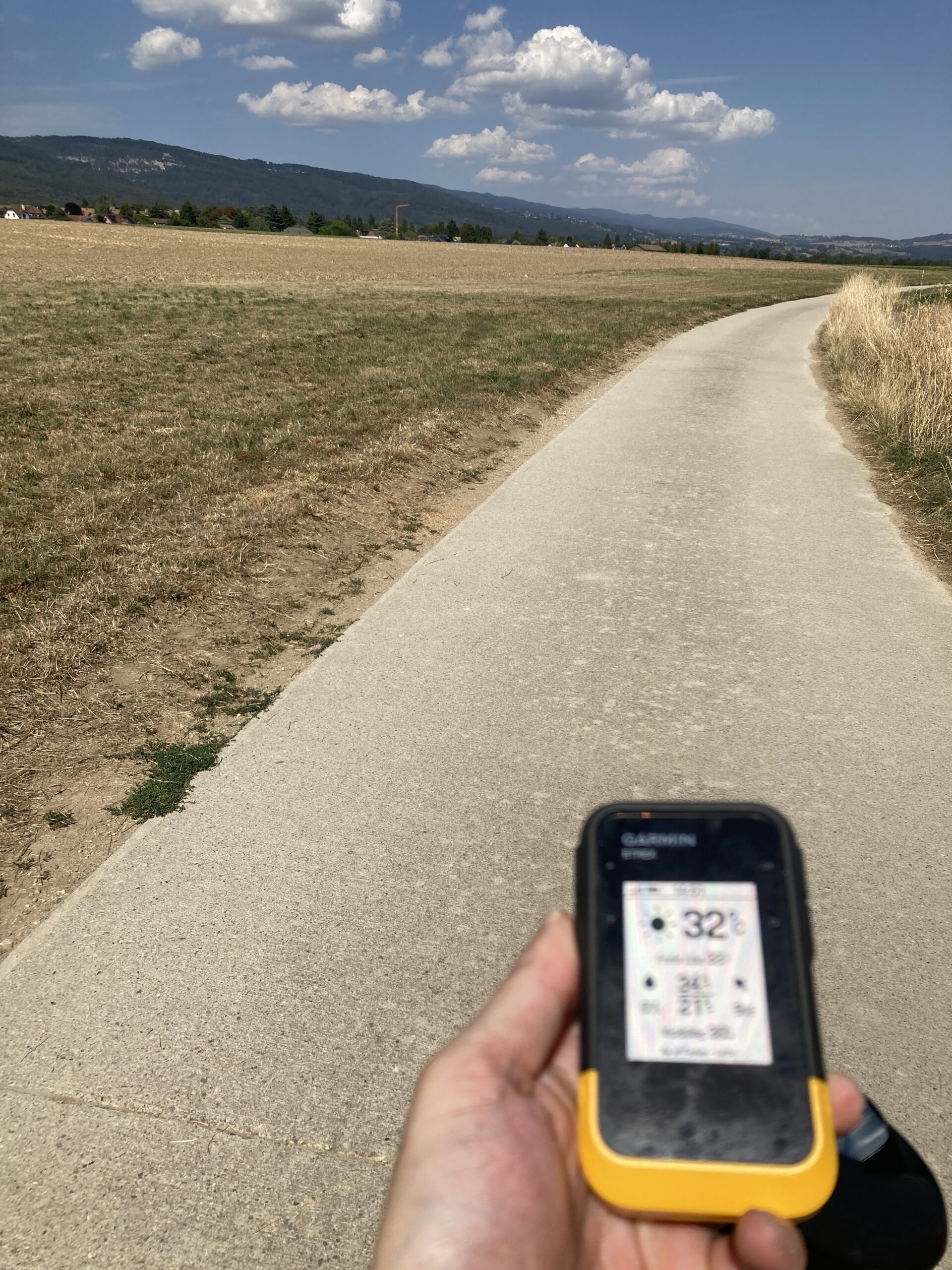Category: Swiss walks
-

The Nyon to Gland Loop
Reading Time: 2 minutesIt is possible to walk from Nyon to Gland and back in a single day, and to play Ingress in Gland, before meeting a meetup group to walk back to Nyon from Gland, via the Toblerone. The distance I walked was twenty eight kilometres but this is partially due to spending an…
-

The Long Walk
Reading Time: < 1 minuteToday I walked for six hours and covered 28 kilometres. I will write more tomorrow. Now I will recover.
-
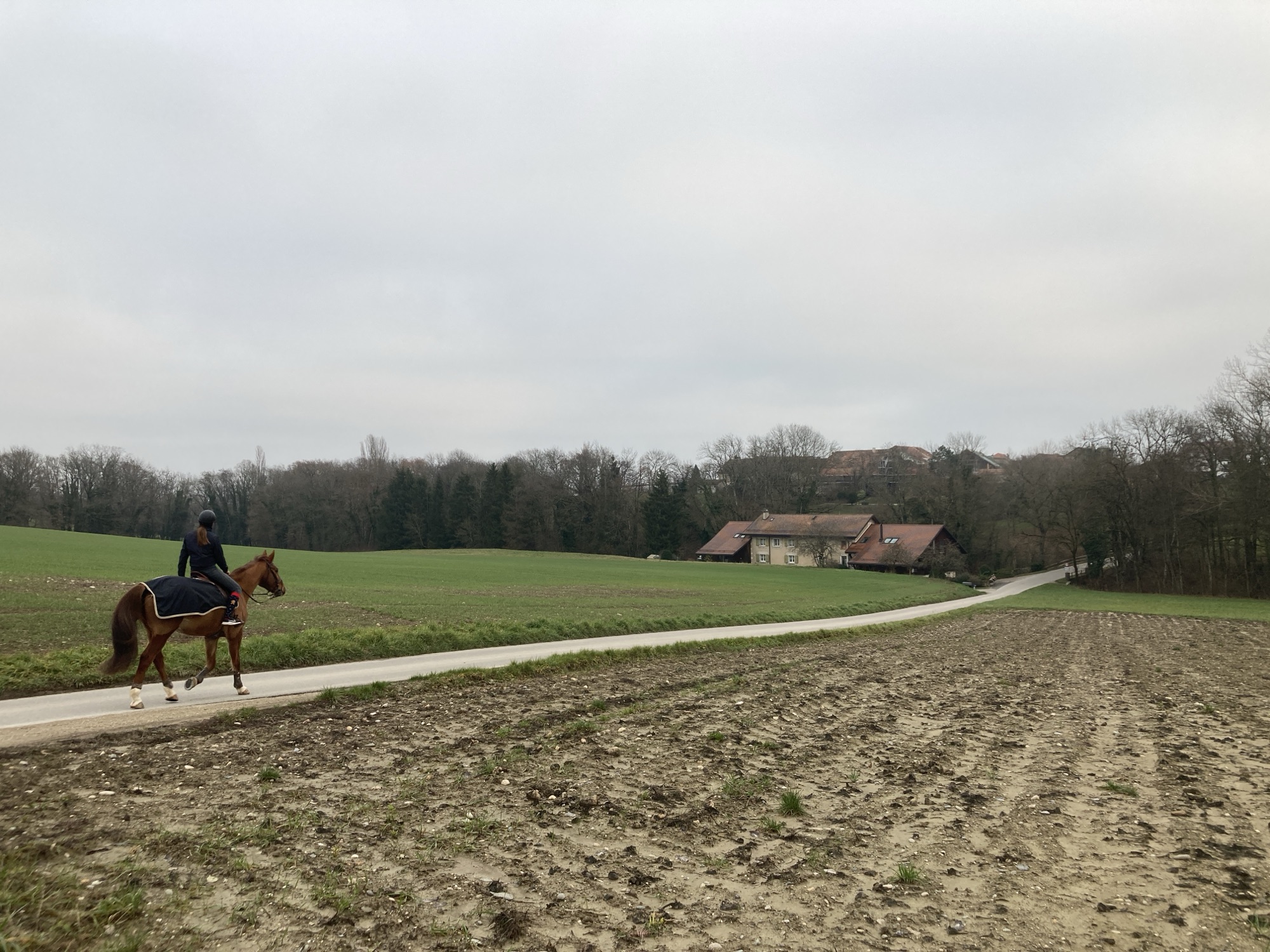
The Lure of a Walk to a Walk
Reading Time: 2 minutesThere is a good chance that tomorrow I will go for a walk along the Toblerones from Prangins to the lake side and on to Nyon. For this walk I have the luxury that I can walk to the starting point before doing the group walk. The issue is that the walk…
-
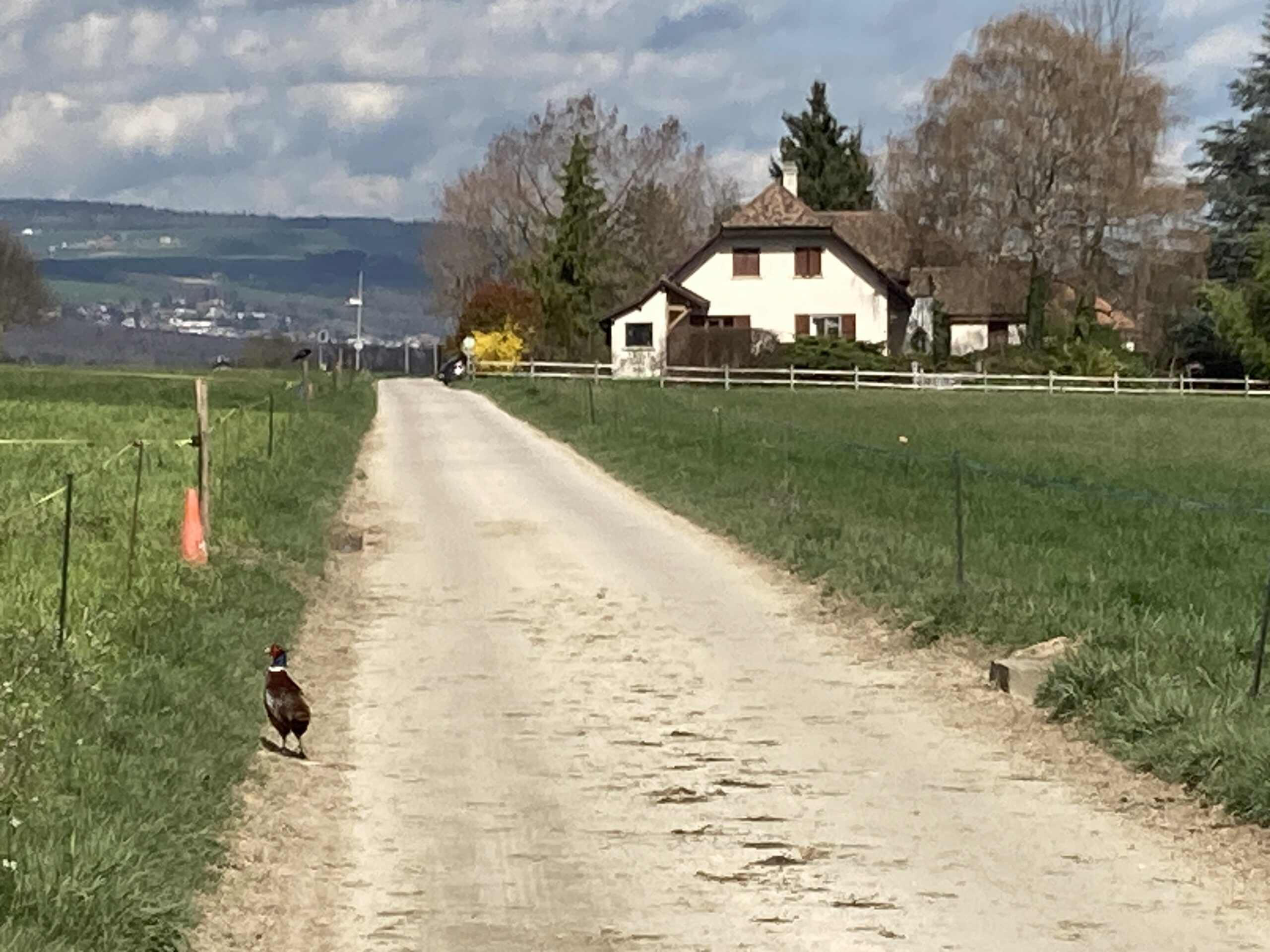
Walking in Linear Circles
Reading Time: 2 minutesMy walks are more often than not circular. I walk in a clearly defined loop across several villages before heading home. On weekends, and days such as yesterday my habit of walking in loops is scuppered by the habit of normal people to walk with dogs. I wouldn’t mind so much, if…
-
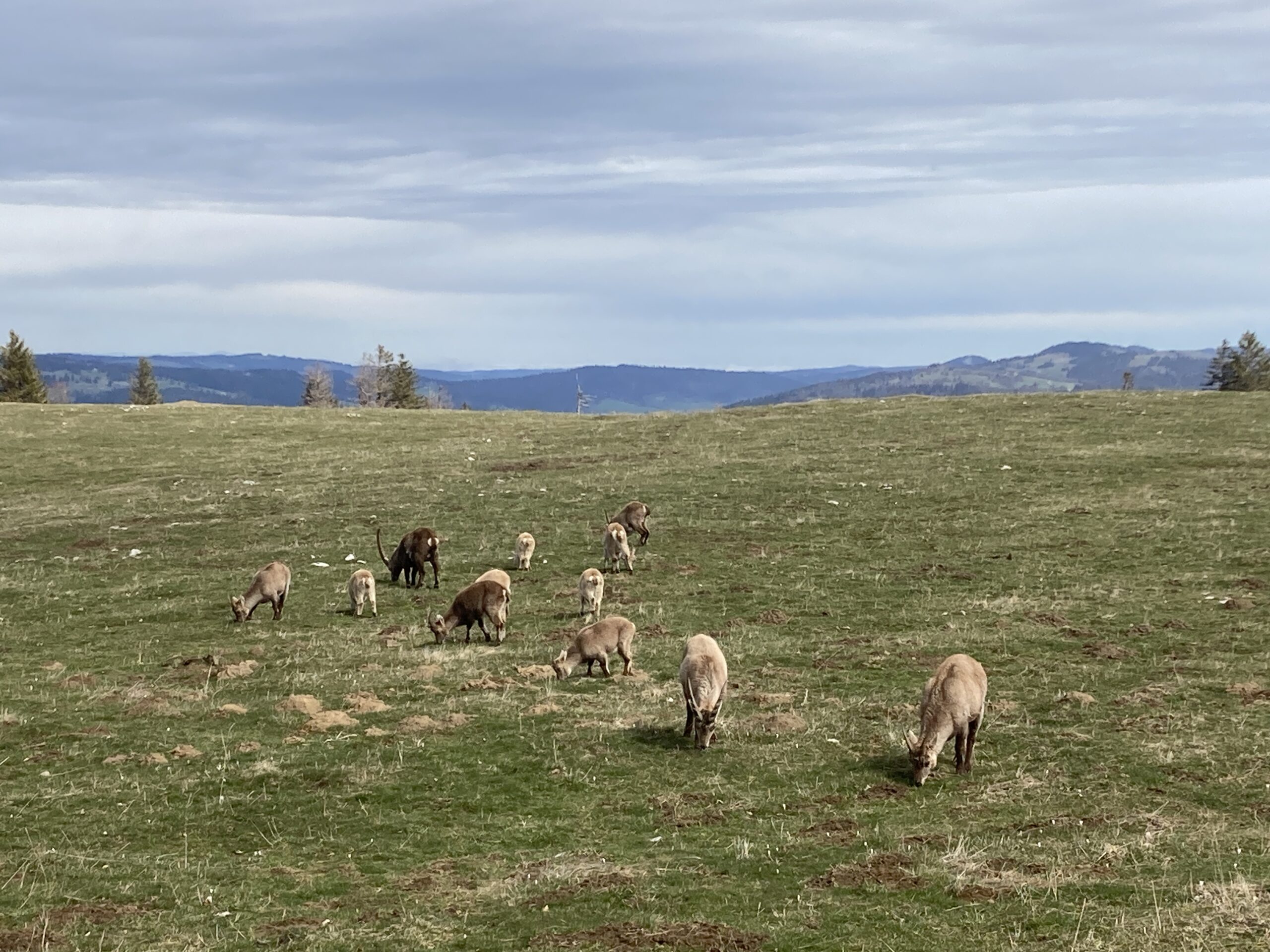
Creux Du Van Xero Xcursion Test
Reading Time: 2 minutesDuring the 30,000 step walk at the Creux Du Van on Sunday I was wearing the Xero Xcursion shoes. For almost the entire walk they felt comfortalbe. These are light, thin soled shoes that are minimal. This means that you feel more of the ground, and the soles will take the shape…
-

Creux Du Van Meetup
Reading Time: 2 minutesIt has been at least four or five years since my last meetup. A few years ago I went to meetups with people from Geneva and before that to Glocals events with people from Lausanne and Geneva. I stopped meeting people from Lausanne because I was working night shifts as a deicer…
-

-
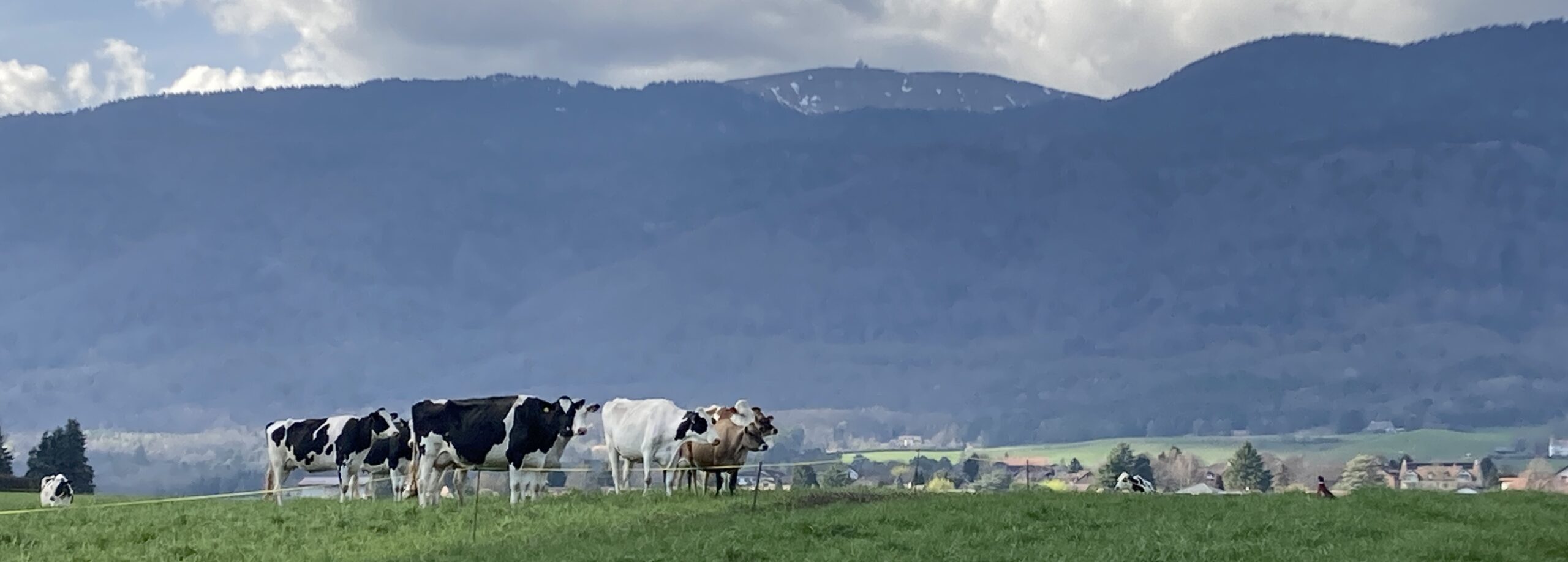
The Cow and Pheasant
Reading Time: < 1 minuteToday I went for my daily walk and I came across a couple of pheasants. One was female and the other was male. I was actually standing right next to the female and didn’t realise until she flew away from me. I was startled but no more. I was more focused…
